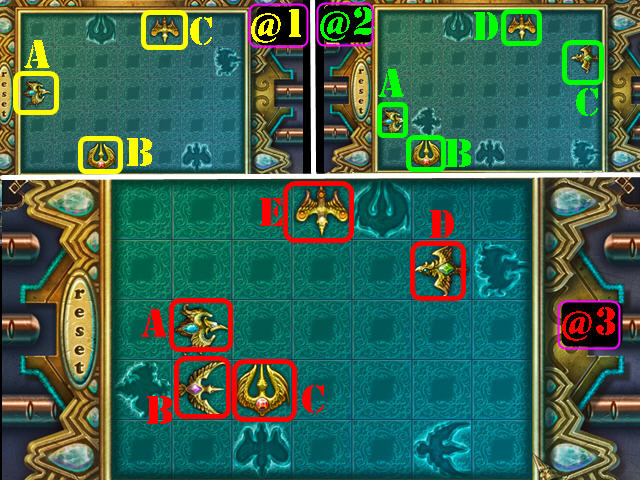

The letter, number and symbol on the board (yellow) are added to the diary.

The goal is to complete the chain by placing like colored links together.Sift through the garbage to uncover the CHAIN LINK.Accept the empty Key Box from Titus (A).Once the cat has returned to the house, zoom in on the cat door.Pour the MILK into the bowl for the cat.Conclude the conversation with the gentleman (A).
#Azada codes how to#
This will show you how to interact with objects and characters.

The bar turns into a Skip bar for puzzles. The rate the bar refills depends on the mode of play.
#Azada codes full#
You may select or deselect full screen and a custom cursor. Options – Change music and sound effects volume.The difficulty level may be changed during the game from the Options menu. Tips in the black bar at the top of the screen are disabled. Hard – Hint and Skip are very slow to recharge.Advanced – Hint and Skip buttons take longer to recharge.Active zones are highlighted with sparkles. Casual – Hint and Skip buttons recharge faster.The first time you play you must select a difficulty level: Watch the cursor to see if it changes into a hand or magnifying glass. Always move the cursor around a scene.CAPITALIZED inventory items are meant to make it easier to find where this guide may deviate from your own play.Play is mostly linear although there are some options for the order in which to explore locations.This adventure game requires visiting several locations and using inventory items to advance play. This walkthrough includes tips and tricks, helpful hints and a strategy guide on how to complete Azada: In Libro Collector’s Edition General Tips
#Azada codes Pc#
Azada: In Libro Collector’s Edition is an adventure game played on the PC created by ERS Game Studios. By beginning from postcolonial assumptions about national identity, I hope to indicate new directions that the debates about the teaching of national identity in schools might proceed.Welcome to the Azada: In Libro Collector’s Edition walkthrough on Gamezebo.

Finally, I demonstrate the implications of such a conceptual distinction on the way that national identity is taught in post-colonial schools by way of an example, I envision a concrete approach to teaching national identity that views national identity as malleable rather than fixed, set in a hypothetical postcolonial school in the Philippines. Then, building on Bhabha's notion of hybridity, I propose a distinction between national identity portrayals as either fixed or malleable. I first develop a postcolonial account of national identity by drawing on Homi Bhabha’s thinking about cultural identity, drawing on his concepts of liminality, splitting, and ambivalence. In this paper, I imagine a new approach for teaching national identity in post-colonial contexts, founded on postcolonial conceptions of identity and in particular, the concept of hybridity. However, the conceptualisation of national identity in previous iterations of these debates have been largely Western and Eurocentric, making the past theoretical literature about these questions less relevant for post-colonial settings. The recent resurgence of extreme-right movements and the nationalist turn of many governments across the world have reignited the relevance of discussions within educational philosophy about the teaching of national identity in schools.


 0 kommentar(er)
0 kommentar(er)
